Broadway is synonymous with dazzling performances, unforgettable music, and timeless tales that leave audiences in awe. One such production that has consistently captivated audiences over the years is “Cabaret.” Set against the backdrop of the seedy Kit Kat Klub in Weimar Germany during the Jazz Age, “Cabaret” has become an iconic piece of musical theater. In this article, we’ll take you on a journey through the glitz, glamour, and show-stopping spectacles that define “Cabaret” on Broadway.
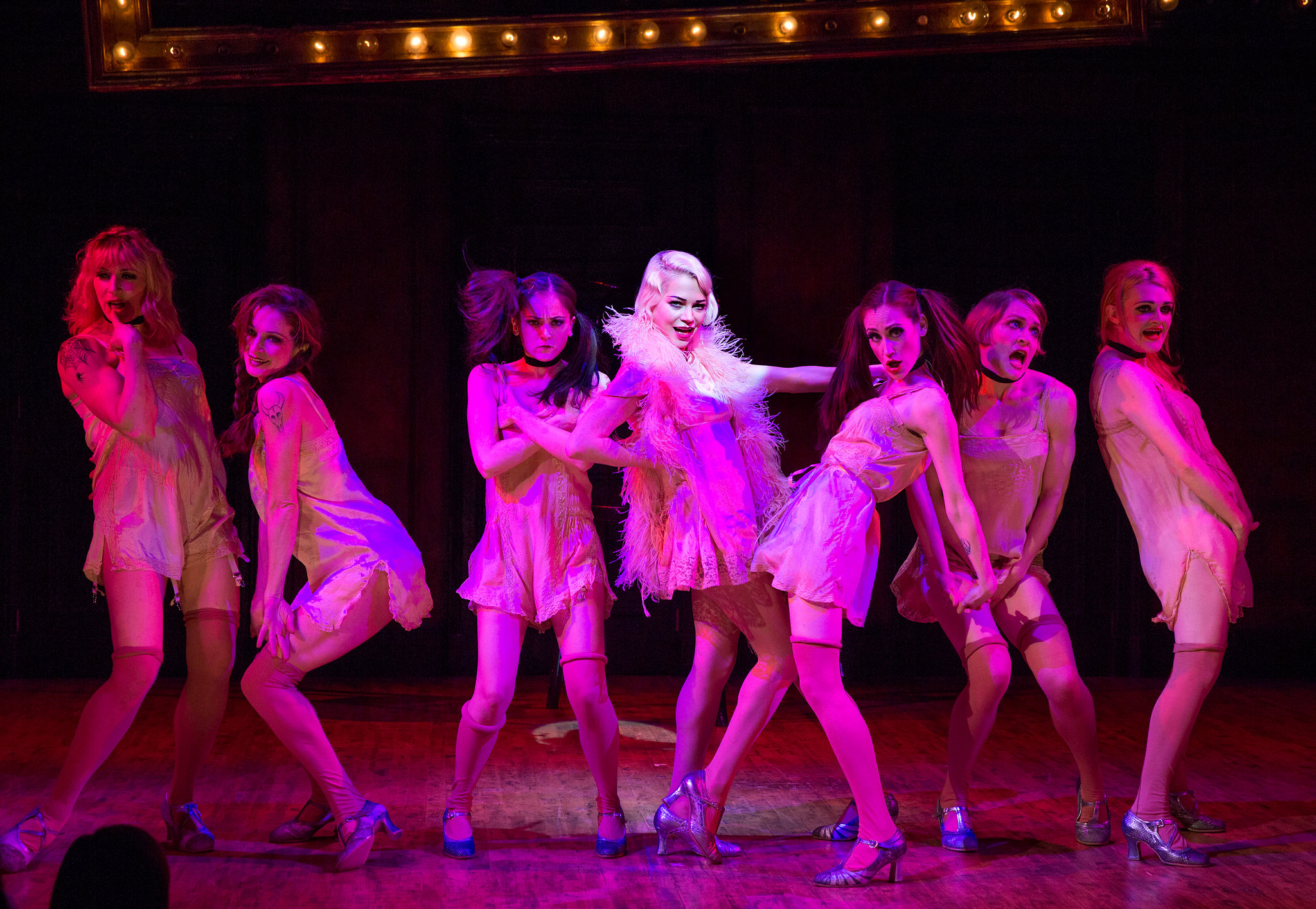
The Birth of Cabaret on Broadway: John Van Druten’s Influence
“Cabaret” on Broadway owes much of its success to the brilliant mind of John Van Druten. This British playwright is the man behind the transformation of Christopher Isherwood’s semi-autobiographical novel “Goodbye to Berlin” into a compelling play, which later became the basis for the musical. Van Druten’s adaptation skillfully brought to life the vibrant and chaotic world of Berlin in the early 1930s, setting the stage for the musical’s eventual success.
Van Druten’s keen understanding of character development and storytelling was instrumental in shaping the narrative of “Cabaret.” His ability to capture the essence of Isherwood’s characters, including the enigmatic Sally Bowles and the introspective Cliff Bradshaw, played a pivotal role in the musical’s appeal. The characters, in turn, would become the heart and soul of the production.
A digital service dedicated to helping students best astrophysics colleges with essay composition is available online. It offers instructional materials, expert advice, and critical analysis, aiming to bolster students’ writing abilities and comprehension of diverse subjects. This tool is essential for elevating academic success and grades.
Musical Magic: Exploring the Unique Musical Features of Cabaret
One of the key elements that set “Cabaret” apart is its remarkable musical score. Composed by John Kander, with lyrics by Fred Ebb, the music of “Cabaret” captures the essence of the era and the essence of the characters. Kander’s compositions and Ebb’s lyrics are a perfect match for the narrative, with songs like “Tomorrow Belongs to Me” and “Cabaret” becoming iconic in their own right.
The musical features music that is not only emotionally resonant but also deeply reflective of the characters’ journeys. Whether it’s the haunting melodies of “Maybe This Time” or the exuberant energy of “Willkommen,” the songs in “Cabaret” serve as windows into the souls of the characters. John Kander’s music is a character in itself, shaping the mood and atmosphere of the production.
The uniqueness of writemy.com lies in its commitment to quality and originality. Every essay crafted by their team is not only well-researched but also original, ensuring that students receive work that is both informative and plagiarism-free. This commitment to originality is crucial in the academic world, where the integrity of work is paramount.
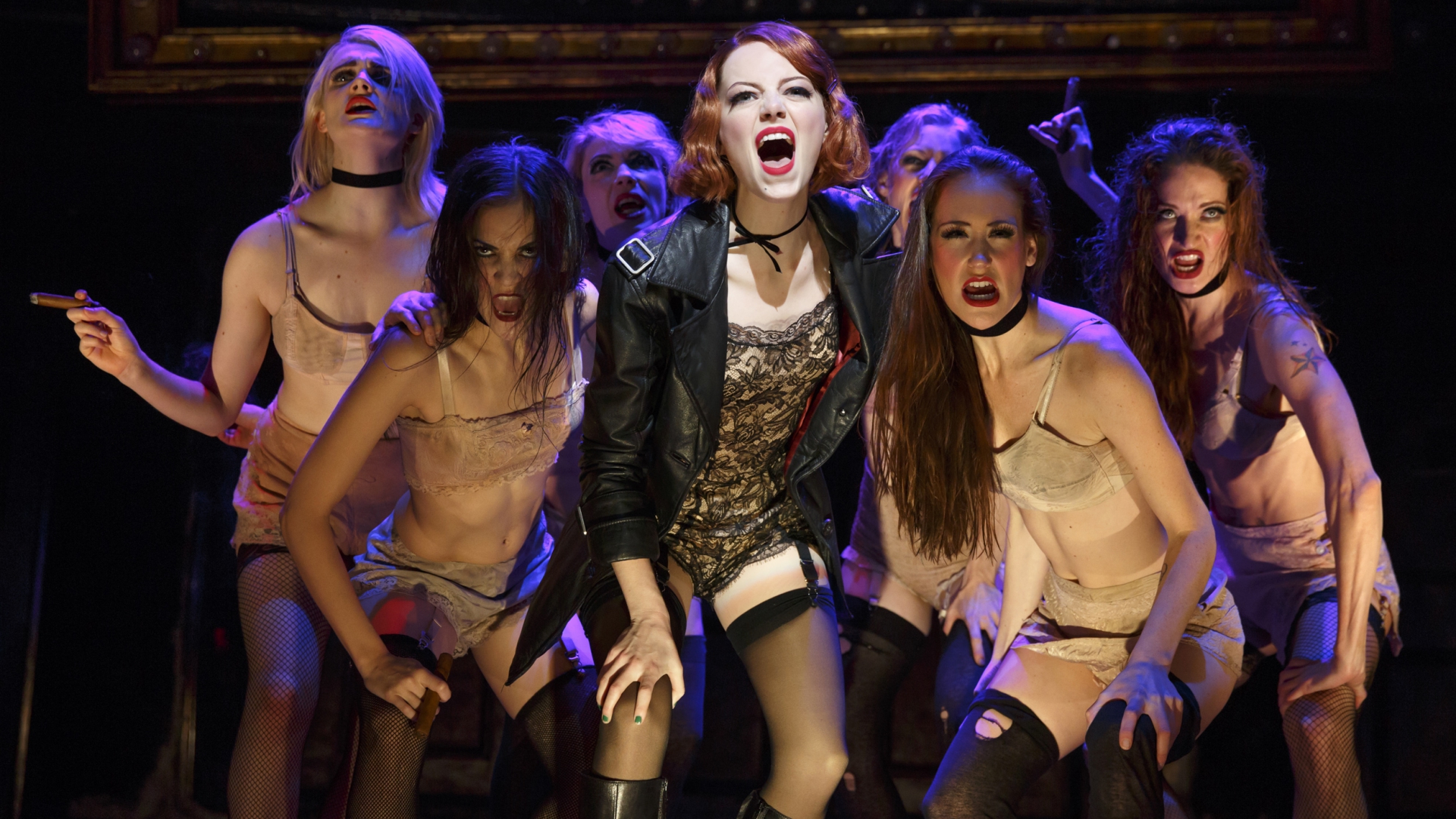
Fred Ebb: The Lyricist Behind Cabaret’s Memorable Songs
Fred Ebb’s contribution to “Cabaret” cannot be overstated. His lyrical genius breathed life into the characters and the story, making the music an integral part of the show’s success. Ebb’s lyrics are evocative and poignant, painting a vivid picture of the turbulent times in Weimar Germany and the complex relationships among the characters.
One of the standout aspects of Ebb’s lyrics is their ability to convey the nuances of each character’s emotions. For instance, in the song “Maybe This Time,” Sally Bowles, played by Michelle Williams in the 2014 revival, expresses a mix of hope and despair in her quest for love and acceptance. Ebb’s lyrics capture the essence of her character, making it a defining moment in the production.
Their team comprises experienced writers from various academic fields, ensuring that each essay is not only well-written but also aligns perfectly with the specific requirements of the assignment. This level of customization and attention to detail is what sets Writepaper apart in the competitive world of essay writing services.
The Enigmatic Kit Kat Club: Cabaret’s Iconic Setting
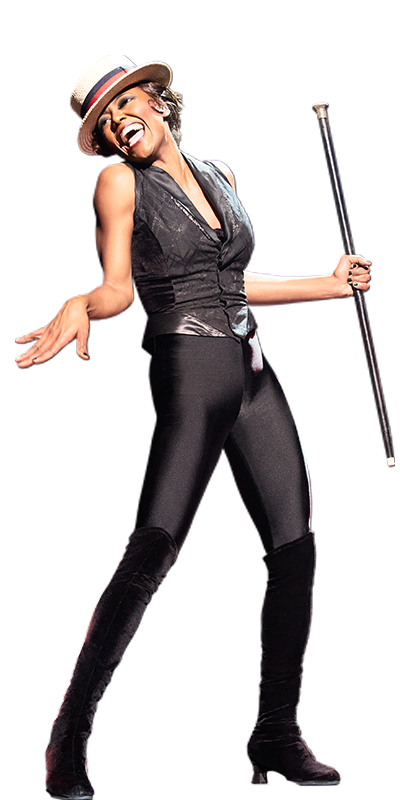
At the heart of “Cabaret” is the Kit Kat Club, a seedy and alluring cabaret club where the characters come to life. This iconic setting serves as a microcosm of the world outside its doors, reflecting the decadence and moral decay of the time. The Kit Kat Club, with its mesmerizing cabaret singers and enigmatic owner, provides the perfect backdrop for the unfolding drama.
The character of the Emcee, portrayed by Joel Grey in the original 1966 production and later by Alan Cumming in the 1998 revival, is one of the most captivating elements of the Kit Kat Club. With his provocative and charismatic performances, the Emcee becomes a symbol of the hedonism and excess of the era. The club itself is a character, a place where inhibitions are shed, and secrets are revealed.
Revisiting John Van Druten’s Cabaret: A Tale of Transformation
John Van Druten’s adaptation of Isherwood’s novel is a testament to his ability to breathe new life into existing material. The transformation of a novel into a play and later into a musical is a journey of creative evolution. Each step of this process was guided by Van Druten’s vision, resulting in a production that continues to resonate with audiences today.
The 1966 Broadway premiere of “Cabaret” was a revelation. Directed by Harold Prince, it pushed the boundaries of what musical theater could be. It embraced the gritty realism of Weimar Germany while infusing it with theatricality and spectacle. The production featured a groundbreaking set design by Boris Aronson and innovative choreography by Ron Field. It was a production that dared to challenge the conventions of Broadway, and it was met with critical acclaim.
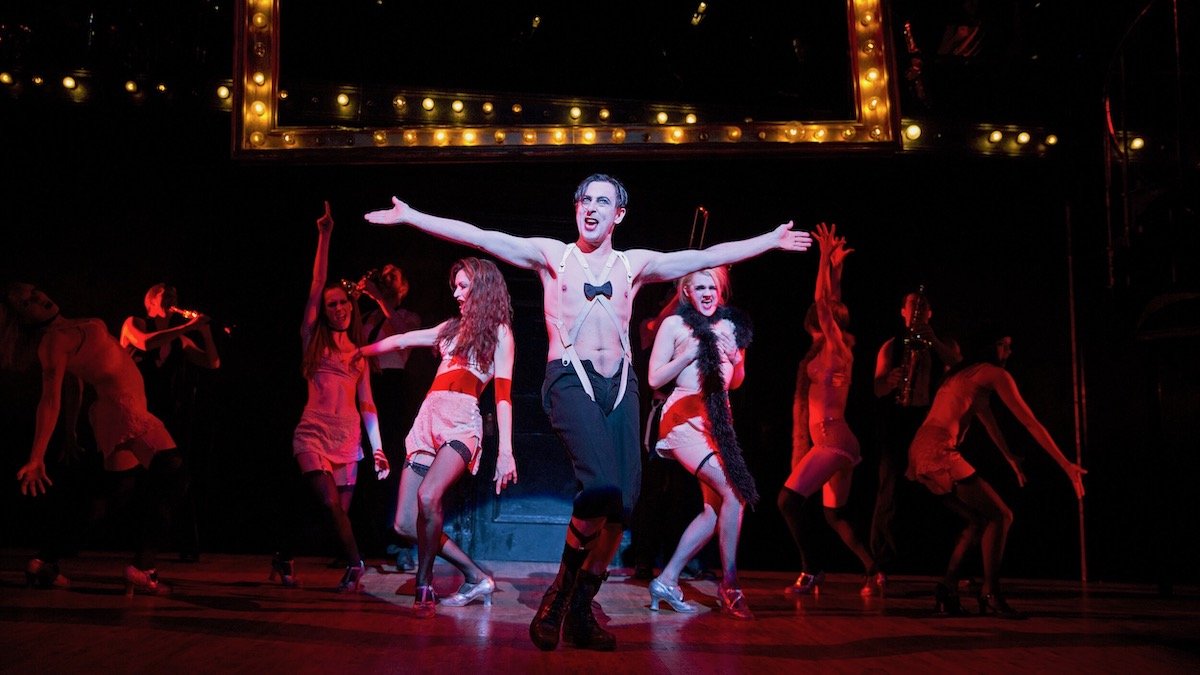
The Timeless Allure of Cabaret’s Music: Fred Ebb’s Legacy
The music of “Cabaret” has left an indelible mark on Broadway and the world of musical theater. Fred Ebb’s lyrics, in particular, have become a part of the musical theater canon. The enduring popularity of songs like “Maybe This Time” and “Willkommen” is a testament to Ebb’s talent and the timelessness of the musical’s themes.
Fred Ebb’s legacy extends far beyond “Cabaret.” He, along with John Kander, formed one of the most celebrated songwriting teams in Broadway history. Their collaboration produced numerous hit musicals, including “Chicago” and “Kiss of the Spider Woman.” Ebb’s ability to craft lyrics that resonate with audiences and convey the essence of a character’s journey is a testament to his artistry.
A Journey Through the Kit Kat Club: The Heart of Cabaret Broadway
As the audience steps into the world of “Cabaret,” they are transported to the smoky, dimly lit confines of the Kit Kat Club. This seedy cabaret is where the characters find solace, escape from their troubles, and express themselves through music and dance. The Kit Kat Club, with its captivating performances and charismatic emcee, played by Joel Grey, is the beating heart of “Cabaret” on Broadway.
The Emcee, a magnetic and enigmatic character, serves as the master of ceremonies at the Kit Kat Club. In both the original production and subsequent revivals, actors like Joel Grey and Alan Cumming have brought a unique and captivating energy to the role. The Emcee’s presence is felt throughout the production, bridging the gap between the audience and the world of the Kit Kat Club.
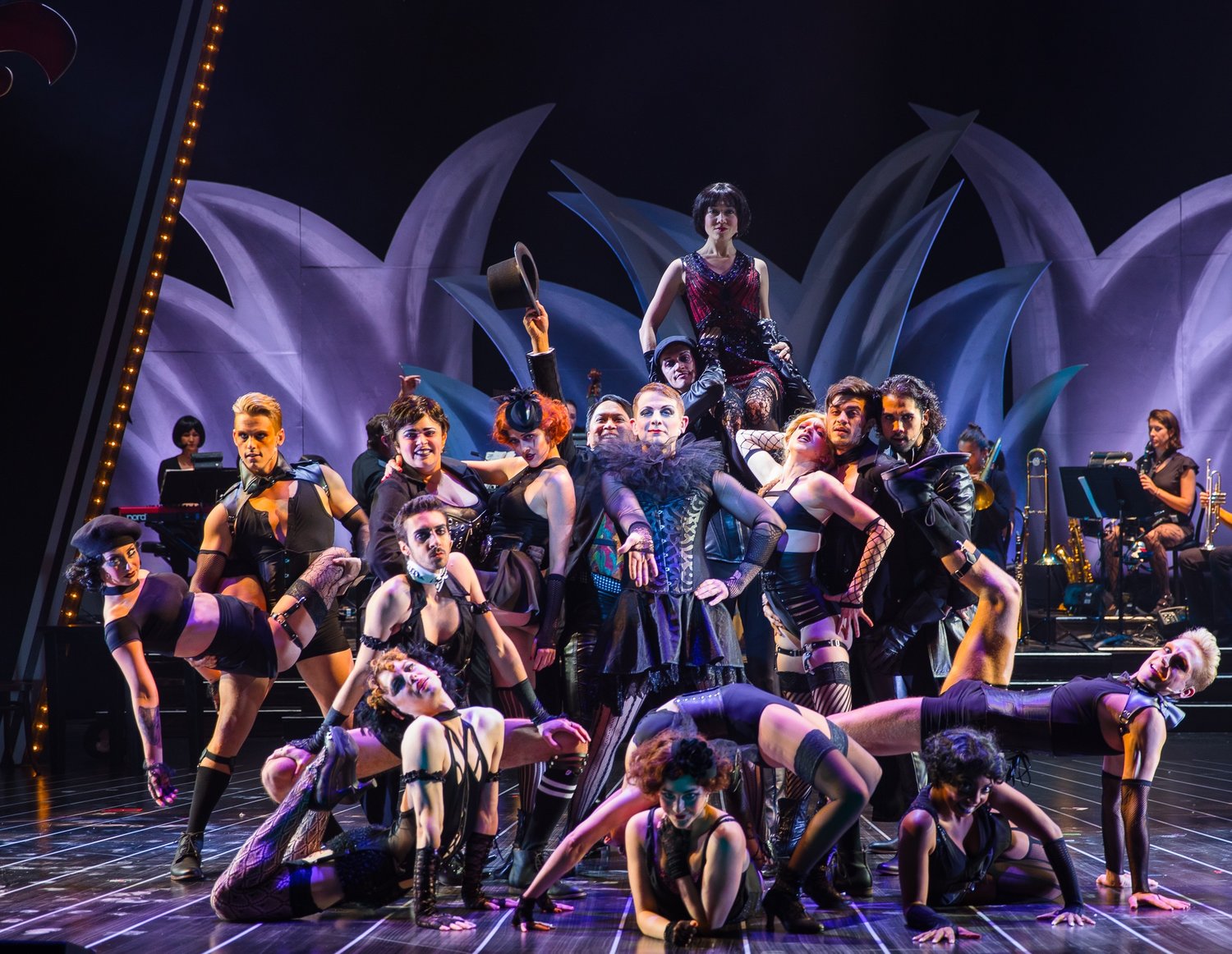
The Impact of Cabaret on Broadway
Since its inception, “Cabaret” has enjoyed a storied history on Broadway. It has been revived multiple times, with each new production adding a fresh perspective to the timeless tale. Notably, a 1998 revival directed by Sam Mendes garnered critical acclaim and multiple Tony Awards, including Best Revival of a Musical. The production starred Alan Cumming as the magnetic Emcee and Michelle Williams as the captivating Sally Bowles, earning her a Tony Award for Best Actress in a Musical.
This revival, set in a seedy and immersive environment reminiscent of the original Berlin cabarets, brought a new level of intensity to “Cabaret.” The Emcee, portrayed by Cumming, was a provocative and mesmerizing presence, drawing the audience into the world of the Kit Kat Club. Michelle Williams’ portrayal of Sally Bowles added a layer of vulnerability and complexity to the character, earning her accolades from both critics and audiences.
Cabaret’s Journey Beyond Broadway
“Cabaret” has not only made its mark on Broadway but has also traveled across the globe. Productions have graced theaters in the West End of London, Berlin, and beyond, proving the universal appeal of its themes and music. The seedy Kit Kat Klub and the complex characters continue to resonate with audiences worldwide.
In London’s West End, “Cabaret” found a new home, captivating audiences with its immersive and provocative staging. The production, directed by Rufus Norris, maintained the essence of the original while infusing it with a fresh perspective. The Kit Kat Club remained a focal point, a place where the boundaries of reality and performance blurred.
The Key Elements of Cabaret’s Success
Several factors have contributed to the enduring success of “Cabaret” on Broadway and beyond. The dynamic collaboration between John Kander and Fred Ebb, with their powerful music and lyrics, has been central to its appeal. The brilliant adaptation of John Van Druten and the captivating setting of the Kit Kat Club also play pivotal roles. Furthermore, the ability of “Cabaret” to adapt and remain relevant in different cultural and historical contexts has ensured its continued relevance.
The immersive and provocative nature of “Cabaret” has allowed it to transcend the boundaries of traditional musical theater. It invites audiences to become active participants in the story, blurring the lines between observer and participant. This immersive quality has contributed to its longevity and appeal.